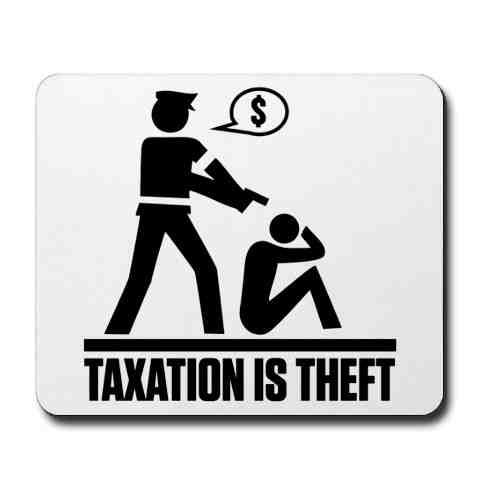By Tatiana Zárate-Barrera
This paper estimates the non-monotonic effects of air pollution on criminal activity in a developing country setting and provides empirical evidence on the potential behavioral responses mediating this relationship. To do so, I combine daily administrative data on crime, air pollution, and sentiment polarity from millions of social media posts in Mexico City between January 2017 and March 2020. The identification strategy relies on highly dimensional fixed-effect models, non-parametric estimations of dose-response functions, and an instrumental variable approach that employs wind speed and wind direction as instruments for air pollution. My results suggest a causal and inverted U-shape relationship between air pollution and crime. Specifically, there is an inflection point after which marginal increases in air pollution negatively affect criminal activity. Exploring the mechanisms behind this relationship, I find that air pollution has the power to shape people’s emotional states and mobility patterns. These results provide important insights for developing countries where pollution levels are dangerously high, and crime is still one of the most pressing issues. In particular, under certain circumstances, environmental regulation tailored to reduce air pollution must consider the presence of behavioral responses and these non-linear interactions with criminal activity in their design.
Unpublished paper, 2021. 48p.




